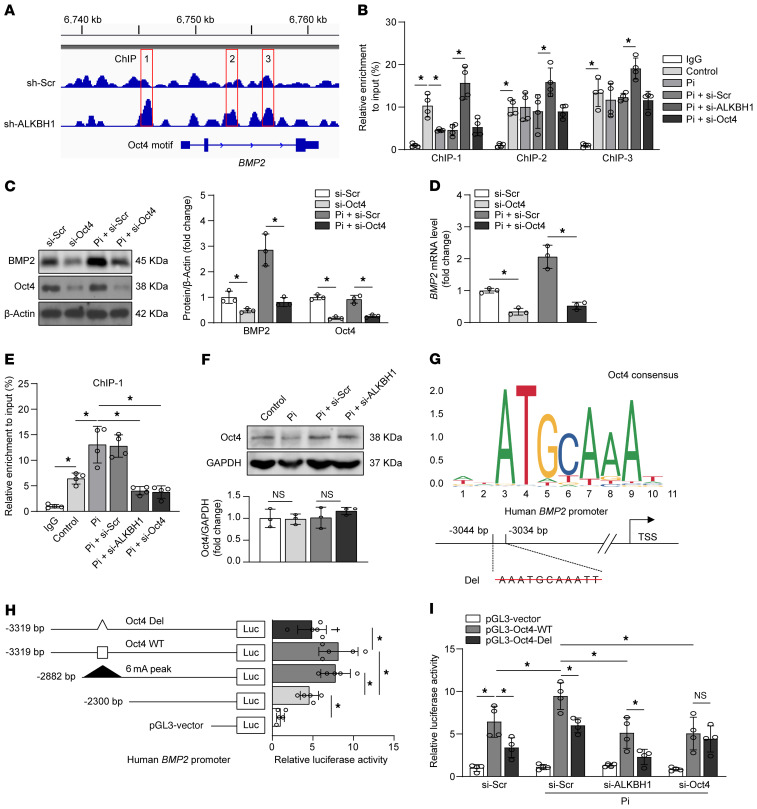Figure 8. ALKBH1-dependent 6mA demethylation promotes Oct4 binding to the BMP2 promoter and activates BMP2 transcription.
(A) Integrative genomics viewer plots showing the increasing 6mA peaks (selected one marked as ChIP1-3) in human BMP2 gene (hg19) region with ALKBH1 knockdown via shRNA lentiviral constructs. (B) ChIP-qPCR assay displaying the 6mA enrichment on the 3 BMP2 fragments in treated HASMCs (n = 4 per group). (C and D) Quantitative Western blot (C) and real-time PCR analysis of BMP2 expression (D) in HASMCs with scramble or OCT4 siRNA transfection under calcifying condition (n = 3 per group). (E) ChIP-qPCR assay with Oct4 or IgG antibody for the ChIP-1 enrichment in treated HASMCs (n = 4 per group). (F) Western blot analysis of Oct4 in HASMCs incubated with osteogenic medium after transfection with scrambled siRNA (si-Scr) or ALKBH1 siRNA (si-ALKBH1). (G) Logos of the standard Oct4 motif and schematic of human BMP2 promoter showing wide-type (WT) and deleted (Del) binding sites for Oct4 within the first 6mA peak. (H) Bar graphs representative of the luciferase activity analyzed in HASMCs after cotransfection with control Renilla luciferase plasmid and serial deletion constructs of BMP2 promoter-driven luciferase reporters containing WT or Del Oct4 site (n = 5 per group). (I) Relative promoter activities measured by dual-luciferase reporter assay in HASMCs, which pretreated with indicated siRNA and then infected with pGL3-Oct4-WT or pGL3-Oct4-Del under calcifying conditions (n = 4 per group). Statistical significance was assessed using 1-way ANOVA followed by Bonferroni’s test. All values are presented as mean ± SD. *P < 0.05.

